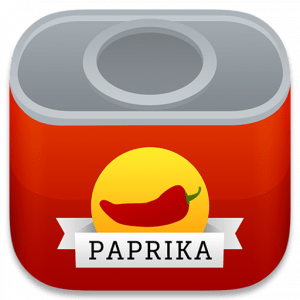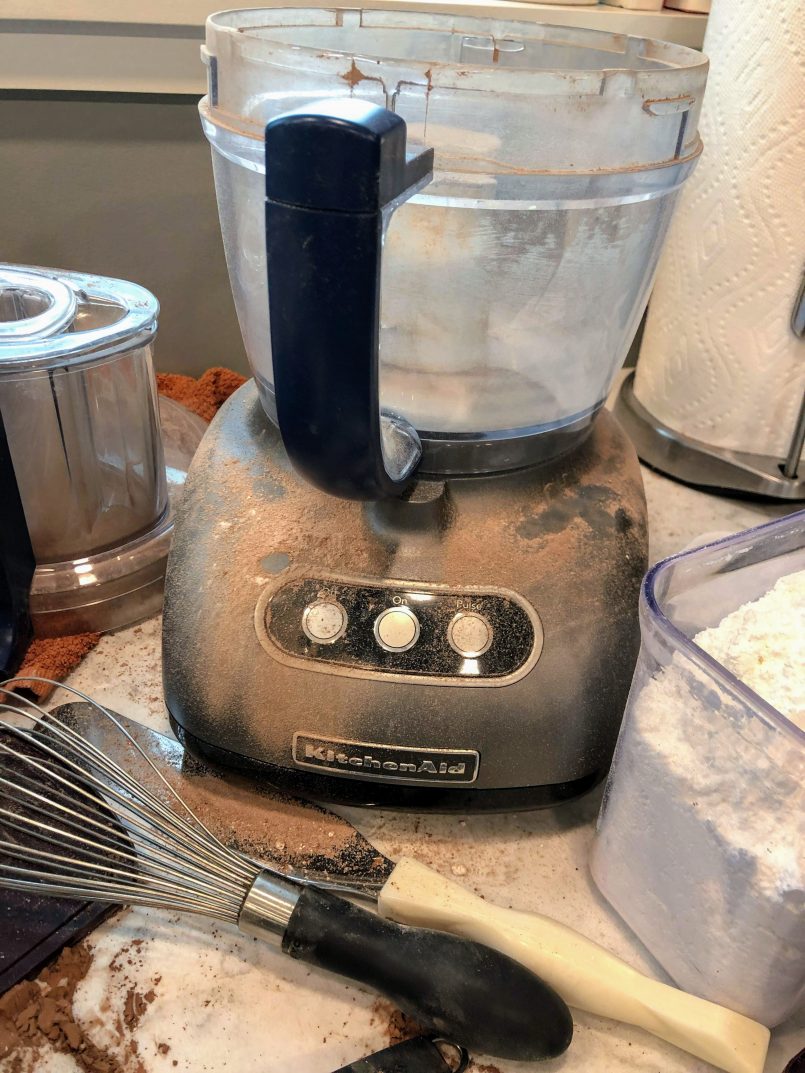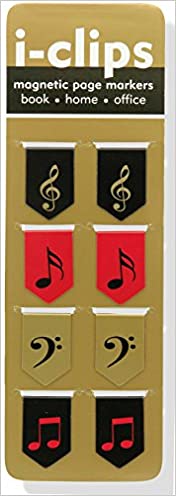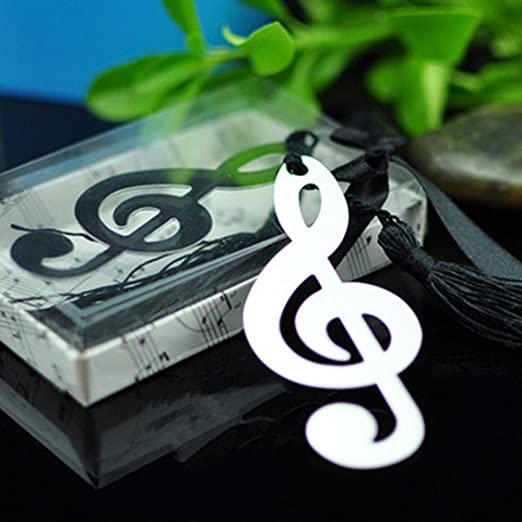I recommend many resources and tools here on Piano Pantry to help you be more organized and productive in your personal and studio life. Find a list of those resources here: Recommended Resources.
Two of those are LastPass, my favorite password manager, and Paprika, my favorite recipe app.
Both of them have big sales going on this week.

All four versions of Paprika are on sale from now until the end of November.
Sale prices will vary by country, but the currently displayed prices on their website, the App Store, and the Play Store are indeed the correct prices.
Some of my favorite features of this app are:
- You can purchase a desktop version
- It has a built-in browser, so you can browse the internet directly in the app and download recipes directly from there
- You can download a browser bookmarklet so you can download recipes from the browser you use on a daily basis.
iOS and Android apps are currently 40% off:
Paprika 3 for iOS
Paprika 3 for Android
MacOS and Windows apps are currently 50% off:
Get Paprika 3 for macOS
Get Paprika 3 for Windows

Gone are the days of repeating the same password over and over or using the same one but changing one number every month, or, like my dad, writing it down on a half-dozen index cards (oh my!).
Some of my favorite features of the premium version of Last Pass are:
- Get access to all devices.
- Generate passwords that are secure and customizable
- It’s more than just for passwords! Save:
- Health Insurance Informaiton
- Drivers Licenses
- Credit Cards
- Bank Accounts
- Wi-Fi Passwords
Save and secure personal information in one location.
Get 25%
On November 23-29th, 2021, LastPass is running a 25% off sale for annual plans.
Don’t miss out on this great opportunity!
Signup here.









